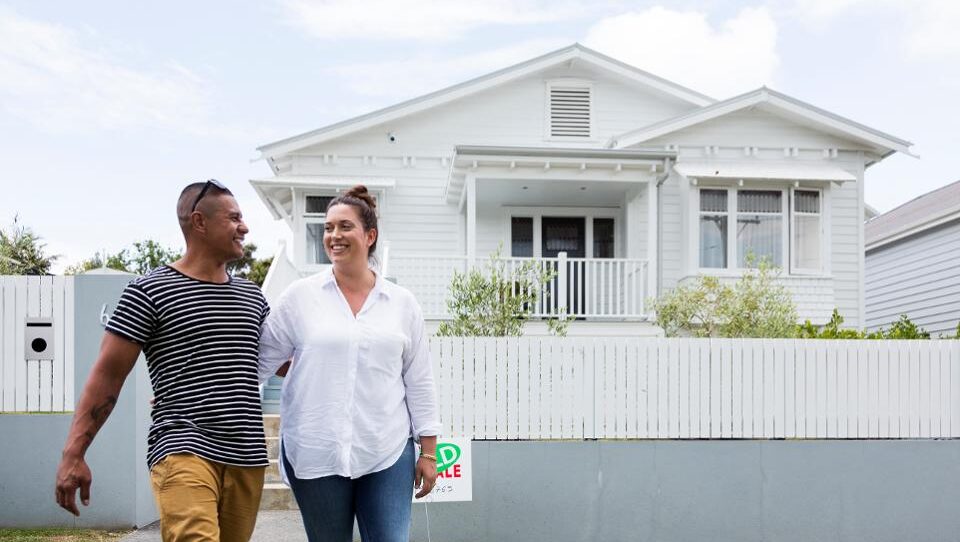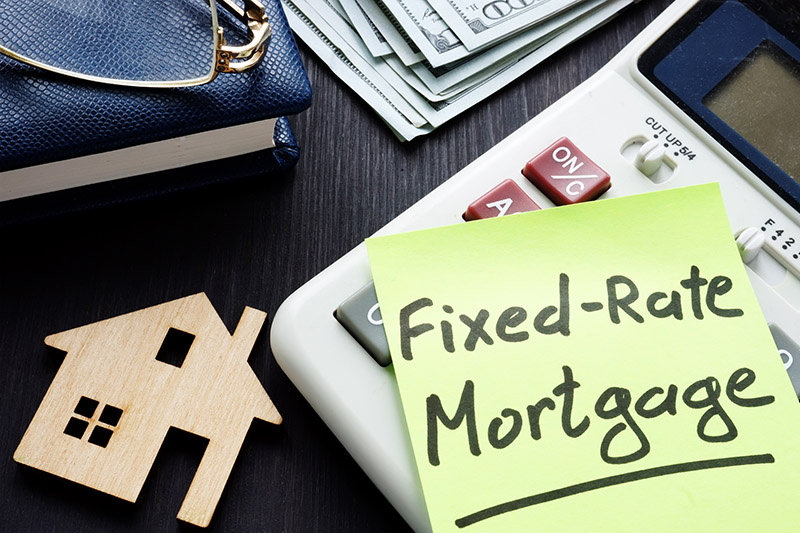Have you recently found the house of your dreams? But are you still paying a mortgage for your current home? If yes, then it’s likely for you to have doubts about buying a new one.
Lenders usually have strict guidelines for people who are buying their second property while already having a mortgage. They see second houses and properties in a different light from primary residences. It’s because they know that when owners lose property to foreclosure, it’s more likely to be the second property before the first one.
But do not worry! Here, we’ll provide you with tips to help you purchase your second property without any issue.
Decide the budget
The first and foremost step is to review your finances and decide the budget for your new house. Determine the amount of down payment you can afford and the monthly payment you can manage.
Usually, lenders want the new monthly payment and existing debt to not exceed 43% of your gross monthly income before the deduction of taxes. So, ensure you include the hazard insurance, property taxes, and association dues while calculating the monthly payment.
Put one of the houses on rent
Before you go ahead and buy a new house, why don’t you consider renting out one of the houses that you and your family aren’t using? Now, this is an essential point on the list.
You can put your house out on rent for vacationers. Especially beachfront properties, ski cabins, and farmhouses are in demand during peak vacation season. Many owners usually rent these out to vacationers during this season to make some profit. However, you have to ensure that you don’t put the property out on rent when you need to use it yourself.
Try to get a consolidated mortgage

This point is for financially stable people who can afford to keep their first house and buy a new one. Here, we advise buyers to get a second mortgage that is large enough to consolidate the previous mortgage.
A consolidated mortgage means combining two different home loans into a single monthly payment. This method is for people who want to track their monthly bills and get a lower interest rate. One must also note that any existing mortgage will add to the income-to-debt ratio when not paid in full before closing the deal on the new house.
Save a nest egg
Some lenders might also want you to have two to six months of monthly payments for the new house saved as reserves in your bank. These reserves are often retirement funds or stock account funds. They do not necessarily have to be your current or savings account funds.
Lenders can also ask for proof of these funds alongside the closing cost or the down payment.
Get a pre-approval for a mortgage
Another essential step on the list is to consult a lender that agrees to give a pre-approval for the mortgage. Usually, lenders provide a pre-qualification, meaning the terms and conditions that the loan officer of the lender sets for the loan. But, a pre-approval is guaranteed ‘yes’ from the lender for a specific loan amount.
Also, remember that a large down payment is needed to qualify for a new house mortgage. Usually, lenders ask for a 20% down payment, but a few can go as high as 32%, depending on the house. Moreover, ensure that the pre-approval agreement has the maximum purchase cost and the loan amount for the new home.
Try negotiating the sale price
Now, give the pre-approval agreement to your real estate agent. You have to make sure that all the possible homes you see match the budget. If the house’s price doesn’t fit this budget, chances are for your loan amount to get declined.
So, you must look for a house that’s right for the situation and make an offer for it. You can also try negotiating the sale price until both sides agree on one.
In the end, move towards sealing the deal
Now that you’ve found your dream home and got the right mortgage for it, it’s time to seal the deal. Also, ensure that your real estate agent and lender have each other’s contact details to send the necessary documents.
Work with the lender and the real estate agent to fulfill all the requirements for the loan. Get the final approval for the loan and seal the deal on the new house!
Conclusion
You can follow these tips to buy a new house while already paying a mortgage on your existing one. However, keep in mind that no two homeowners have similar circumstances or requirements. So, it’s essential to find a mortgage that’s the best match for your needs!
Related Post: How to buy a house when there’s a shortage of houses?





